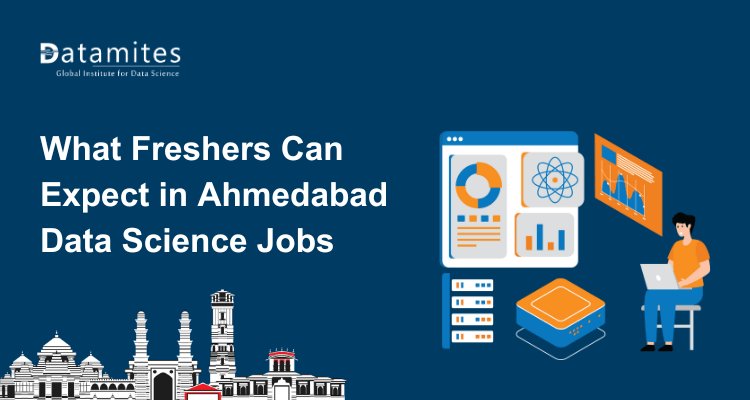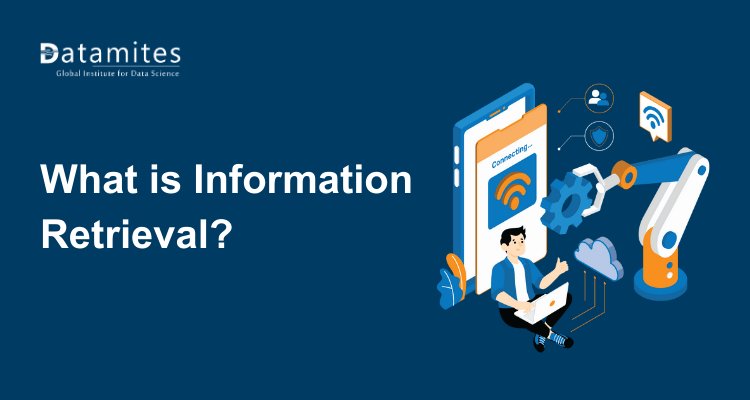Correlation vs Covariance for Analysis
Explore the key differences between correlation and covariance for data analysis. Understand their definitions, examples, and applications in real-world analytics to help data analysts interpret variable relationships accurately for better data-driven insights.

In the field of data analysis, understanding relationships between variables is crucial for drawing meaningful insights. Two of the most commonly used statistical measures for this purpose are correlation and covariance. Both concepts help data analysts understand how one variable changes with respect to another, but their meanings, interpretations, and applications differ significantly.
In this article, we will explore the difference between covariance and correlation, supported by examples, formulas, and use cases. By the end, you’ll understand when to use each and how they contribute to correlation analysis and covariance analysis in data-driven decision-making.
What is Covariance in Data Analysis?
In data analysis, covariance is a statistical measure that helps determine the directional relationship between two numerical variables. It evaluates how much two random variables change together.
In simple terms, if both variables increase or decrease together, the covariance is positive. If one increases while the other decreases, the covariance is negative. If the variables move independently of each other, the covariance is close to zero.
Formula for Covariance:
Cov(X, Y)=∑(Xi−Xˉ)(Yi−Ȳ)/(n-1)
Where:
- (Xi) and (Yi) are individual data points,
- ({Χ}) and ({Ȳ}) are the means of the datasets,
- (n) is the number of observations.
Interpretation:
- Positive Covariance: Both variables move in the same direction.
- Negative Covariance: Variables move in opposite directions.
- Zero Covariance: No linear relationship exists between them.
Covariance Analysis Example:
Let’s consider the analysis of covariance example for two variables marketing spend (X) and revenue (Y). If a data analyst finds a positive covariance between the two, it implies that as marketing spend increases, revenue tends to increase as well.
However, a key limitation of covariance is that it doesn’t tell how strong the relationship is, nor does it standardize the value. For instance, a covariance of 200 or 10,000 doesn’t directly convey the degree of relationship, as it depends on the scale of the data.
Refer to the articles below:
- Top 5 Marketing Analytics Projects to Try
- Top 5 Matplotlib Projects in Python to Practice for Analysis
- Time Series Analysis: What, Why & How Explained
What is Correlation in Data Analysis?
Correlation is a standardized version of covariance that measures both the direction and strength of a linear relationship between two variables. It helps data analysts interpret relationships more clearly, as it’s dimensionless and always lies between –1 and +1.
Formula for Correlation:
r=Cov(X, Y)/ σXσY
Where:
(r) is the correlation coefficient,
(σX) and (σY) are the standard deviations of X and Y.
Interpretation of Correlation:
- +1: Perfect positive relationship
- –1: Perfect negative relationship
- 0: No linear relationship
Unlike covariance, correlation provides a clear, scale-independent measure of how closely two variables are related.
Correlation and Covariance Example:
If a data analyst is examining the relationship between temperature (X) and ice cream sales (Y), the correlation might be +0.95, suggesting a strong positive relationship as temperature rises, ice cream sales increase.
While covariance would show a large positive number, correlation gives a clearer and more interpretable value, ideal for comparative correlation analysis.
Key Differences Between Correlation and Covariance
Although correlation and covariance are closely related, they differ in terms of interpretation, scale, and standardization. Understanding these differences is critical for data analysts conducting quantitative studies.
| Aspect | Covariance | Correlation |
| Definition | Measures how two variables change together | Measures how strongly two variables are related. |
| Formula | Cov(X,Y) = Σ(Xi - X̄)(Yi - Ȳ) / (n-1) | r = Cov(X,Y) / (σX * σY) |
| Range | Unbounded (–∞ to +∞) | Between –1 and +1 |
| Unit | Product of units of the variables | Unitless (dimensionless) |
| Interpretation | Indicates direction of relationship | Indicates both direction and strength |
| Standardization | Not standardized | Standardized measure |
| Sensitivity to Scale | Affected by changes in scale | Unaffected by changes in scale |
| Application | Used in intermediate steps of statistical modeling | Used in feature selection and predictive modeling |
This difference between covariance and correlation shows that while both are used for relationship analysis, correlation provides a more normalized and easily interpretable outcome.
Refer to the articles below:
- How to Become a Data Analyst in Chennai
- Data Analyst Career Scope in Chennai
- Data Analyst Course Fee in Chennai
Applications of Correlation and Covariance in Data Analysis
Both covariance and correlation play vital roles in data analysis and statistical and data modeling, each serving unique purposes. Let’s explore how data analysts use these concepts across industries.
1. Financial Data Analysis
In finance, covariance analysis is used to evaluate how two asset returns move together. For example, investors analyze the covariance between two stocks to assess portfolio diversification.
A positive covariance means the assets move in the same direction, while negative covariance indicates they move oppositely, reducing overall portfolio risk.
In contrast, correlation analysis helps understand the strength of this relationship, guiding investment decisions more precisely.
2. Business Forecasting and Market Trends
Businesses use correlation analysis to measure relationships between variables like sales and advertising, price and demand, or customer satisfaction and revenue by performing sales analytics.
A high positive correlation between advertising spend and sales indicates that increased marketing efforts directly influence revenue growth.
Meanwhile, covariance analysis assists in evaluating the overall movement patterns of variables before calculating correlation.
3. Machine Learning and Predictive Modeling
In machine learning, correlation helps identify features with strong relationships to target variables. Data analysts use correlation matrices to detect multicollinearity or redundant predictors before building models.
Covariance is integral in Principal Component Analysis (PCA) a dimensionality reduction technique that uses covariance matrices to identify directions of maximum data variance.
4. Risk Management and Portfolio Optimization
Financial data analysts rely on covariance analysis to measure how asset returns move together. The covariance matrix forms the basis of Modern Portfolio Theory (MPT), which aims to minimize risk for a given level of return.
Correlation, on the other hand, helps visualize asset relationships more clearly, ensuring that portfolio components are not overly dependent on each other.
5. Experimental and Social Science Studies
In research, the analysis of covariance examples (ANCOVA) is often used to control for the effects of one or more continuous variables (covariates) while analyzing others. This technique enhances the precision of experimental results.
For instance, a data analyst studying the impact of a training program on employee productivity might use ANCOVA to control for prior experience, ensuring that the observed effects are due to the training itself.
Correlation Analysis: Understanding Strength and Direction
Correlation analysis is a key method in data analysis that determines how nominal variables are related. It’s often visualized using scatter plots and correlation matrices, which help identify patterns or potential predictive relationships.
For example, a data analyst studying customer behavior might find that time spent on a website is positively correlated with purchase likelihood. Such insights are invaluable in marketing and customer retention strategies.
Correlation analysis also forms the foundation of regression models, where the strength of correlation helps determine the explanatory power of independent variables.
Covariance Analysis: Measuring Co-movement in Data
Covariance analysis is primarily used to understand whether two datasets move together. It’s especially useful in multivariate data analysis, where multiple dependent variables interact.
In data analysis, covariance helps measure the underlying structure of complex datasets, a critical step before performing more advanced techniques like PCA, regression, or cluster analysis. According to a study published on ResearchGate, Bayes’ Theorem proves highly effective for practical decision-making across domains like healthcare and finance, significantly improving the accuracy of predictive outcomes.
For instance, a data analyst working with sales data across multiple regions can use covariance analysis to detect which regions have similar demand patterns, enabling better inventory and marketing decisions.
When to Use Correlation or Covariance in Data Analysis
Knowing when to use correlation versus covariance is key for accurate interpretation in data analysis:
- Use covariance when you want to know the direction of the relationship between two variables.
- Use correlation when you need to understand both the strength and direction of that relationship, especially when comparing multiple variable pairs with different units.
Data analysts use covariance to identify relationships and correlation to measure their strength precisely. Both are vital in data analysis for understanding variable interactions. Enrolling in a data analyst courses in Coimbatore helps learners master these techniques for predictive analytics, financial modeling, and data-driven decision-making.
Refer to the articles below:
- How much is the Data Analytics Course fee In Coimbatore
- How to become a Data Analyst in Coimbatore
- Data Analyst Career Scope in Coimbatore
DataMites Institute, a leading data analyst institute in Chennai, offers an extensive data analytics courses in Chennai covering Data Science, Artificial Intelligence, Machine Learning, Python, IoT, and Data Engineering. Through practical projects, internships, and dedicated placement assistance, learners gain hands-on experience. Globally recognized certifications from IABAC and NASSCOM FutureSkills strengthen career opportunities for aspiring professionals in Chennai.
With a strong presence across India, DataMites provides data analyst training in Chennai, as well as in Bangalore, Pune, Mumbai, Delhi, Hyderabad, Ahmedabad, Coimbatore, and Kolkata. Combining expert-led sessions with industry-relevant projects, learners develop in-depth analytical skills and confidence to thrive in Chennai’s fast-growing data analytics ecosystem.





